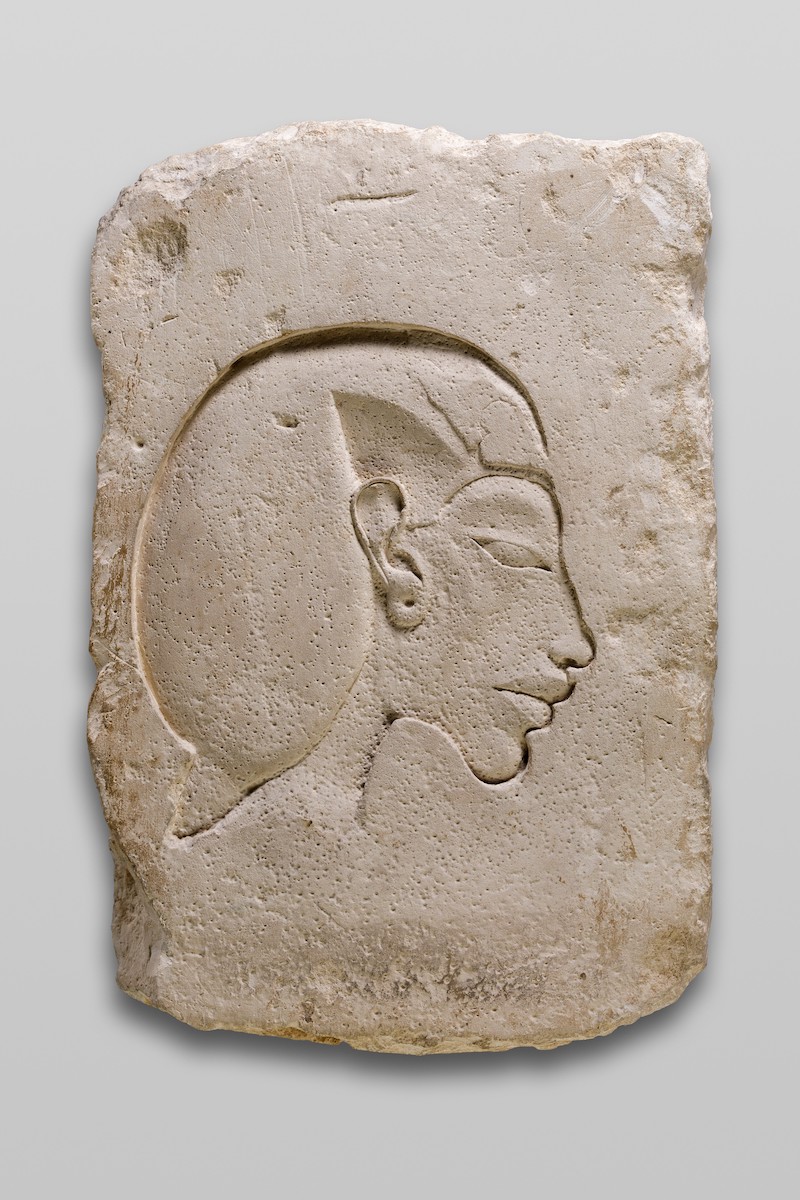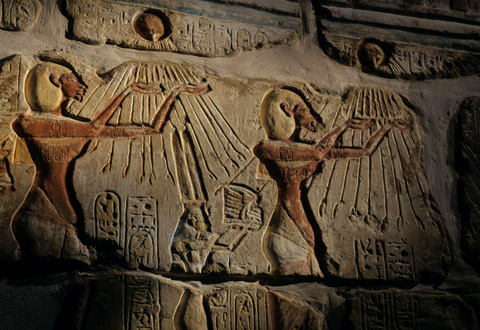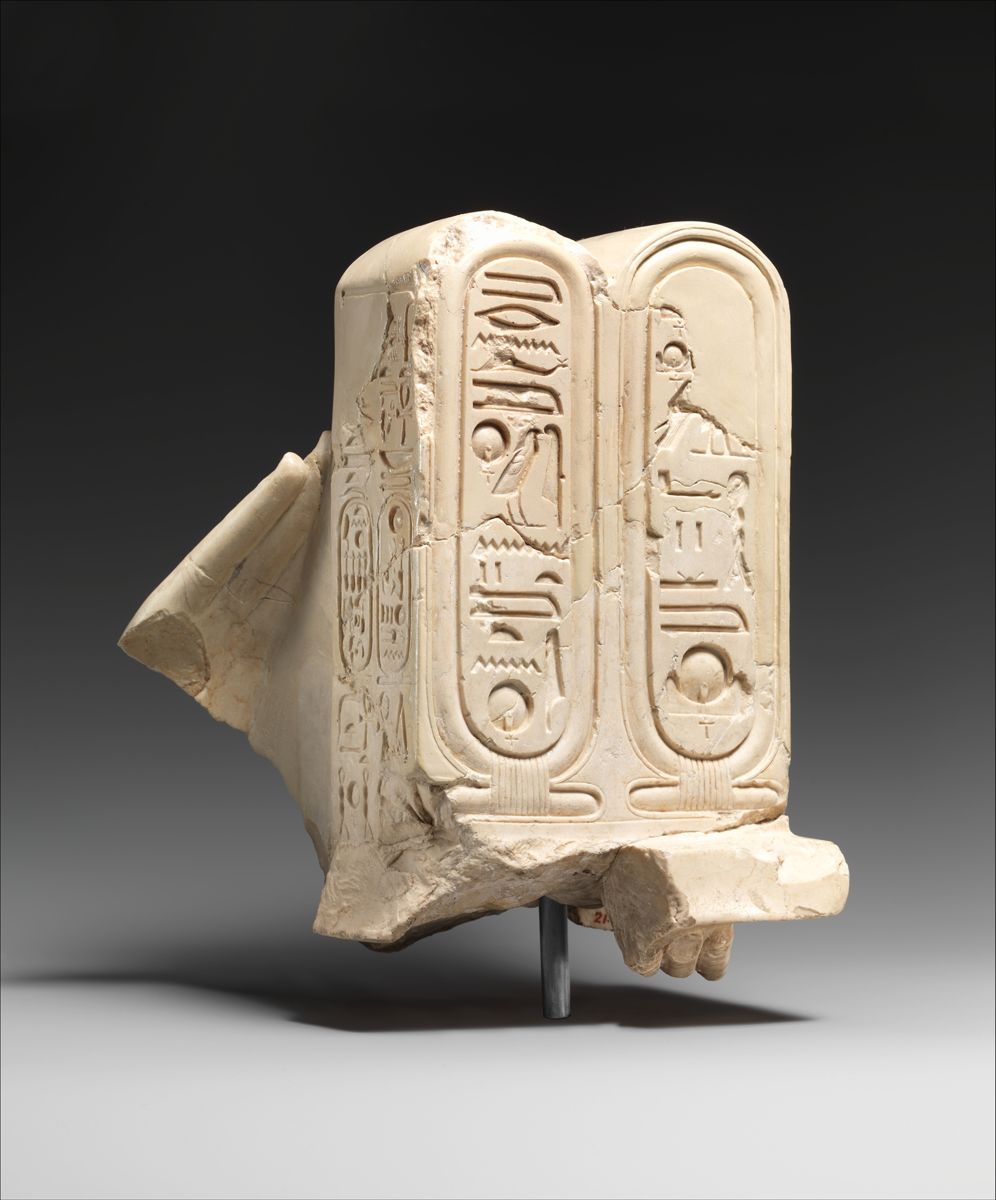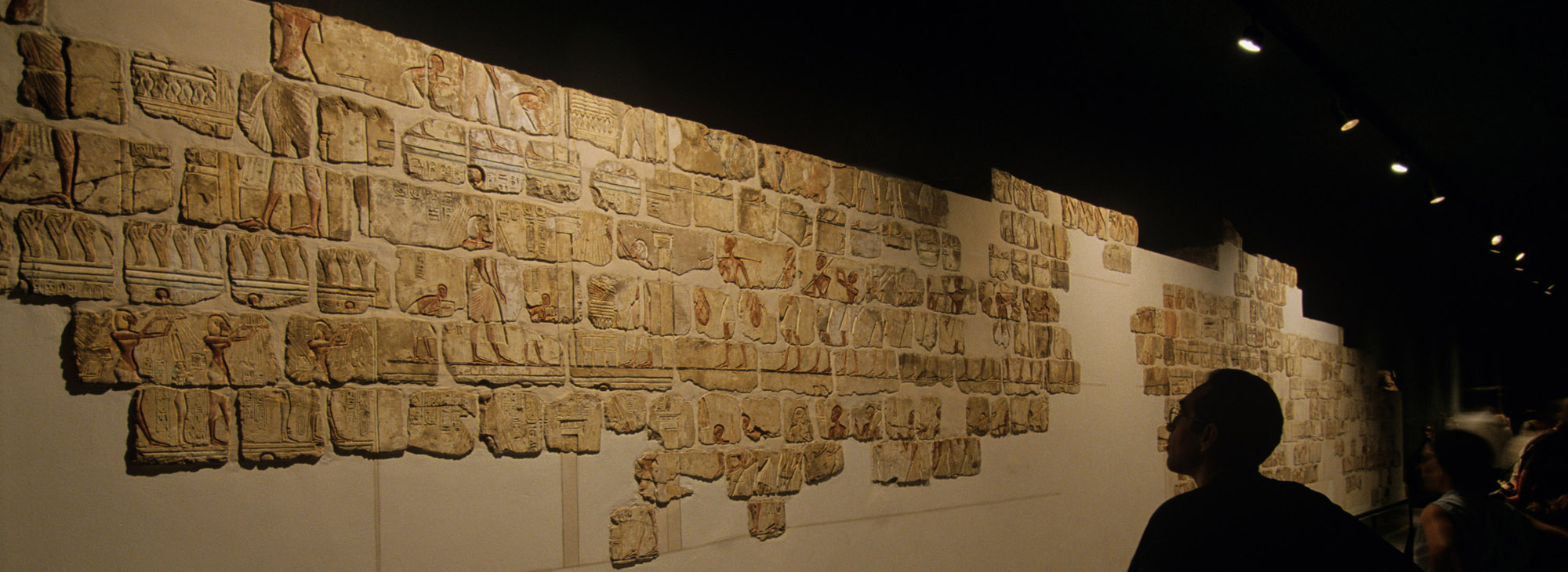Akhenaten: The Mysteries of Religious Revolution
In the long course of Egyptian history, few figures have been as polarizing as Akhenaten. The period surrounding this Egyptian king’s reign was characterized by social, political and religious upheaval – the likes of which few cultures ever experience. In just under two decades on the throne, Akhenaten imposed new aspects of Egyptian religion, overhauled its royal artistic style, moved Egypt’s capital to a previously unoccupied site, implemented a new form of architecture and attempted to obliterate the names and images of some of Egypt’s traditional gods. It is in part due to the tumultuous nature of Akhenaten’s tenure that this era in Egyptian history, known as the Amarna period, has received so much attention from scholars and the public.
Since the modern rediscovery of Akhenaten, academics have written countless studies and biographies of this so-called heretic king expounding upon his incendiary nature in ways perhaps best encapsulated by James Henry Breasted: “Until Ikhnaton the history of the world had been the irresistible drift of tradition. All men had been but drops of water in the great current. Ikhnaton was the first individual in history.”
Akhenaten came to power as the pharaoh of Egypt in either the year 1353 or 1351 BCE and reigned for roughly 17 years during the 18th dynasty of Egypt’s New Kingdom. Akhenaten became best known to modern scholars for the new religion he created that centered on the Aten. In Akhenaten’s new religion, this figure generally came to be represented as a sun disk and is best understood as the light produced by the sun itself. The king ascended the throne under his birth name, Amenhotep IV, but in his fifth regnal year, he changed his name to one that better reflected his religious ideas (Amenhotep = “Amun is satisfied,” Akhenaten = “Effective for Aten”). Shortly after this first significant step, Akhenaten initiated a series of changes in Egyptian religion, art and writing that appeared to coincide with the jubilees of his deified father, Amenhotep III, and the Aten.
What, then, was this new religion that motivated Akhenaten to upend so many elements of Egyptian society? The answers are rooted in uncertainties, leading Egyptologists to long debate the nature of Akhenaten’s transformation. Scholars have argued in favor of monotheism, henotheism, agnosticism and almost everything in between. What is certain, though, is this new religion elevated the Aten to the position of state deity and centered largely on its worship. Akhenaten further reshaped Egypt’s religious sphere through the persecution of some traditional gods, most notably Amun – Egypt’s state deity for much of the 18th dynasty. Sometime around his fourth regnal year, Akhenaten even dispatched agents to erase the names and images of certain gods from existing texts and monuments.
Akhenaten’s new approach to religion manifested itself in other facets of Egyptian culture, most notably the artistic sphere. The first works commissioned by the king appeared in the traditional Theban style, employed by nearly every 18th dynasty pharaoh preceding him. However, as he implemented new religious ideas, royal art evolved to reflect the concepts of Atenism. The most striking changes are seen in the appearance of the royal family. Heads became larger than in the traditional style and were supported by elongated and slender necks. The royal family took on a more androgynous appearance that sometimes even obscured the difference between Akhenaten and Queen Nefertiti. Their faces were characterized by large lips, long noses and squinting eyes, and their bodies displayed narrow shoulders and waists, small and somewhat concave torsos and large thighs, buttocks and bellies.
These steps toward cultural revolution culminated in Akhenaten’s decision to move Egypt’s capital from Thebes to a previously unoccupied site he named Akhetaten (present-day Tell el Amarna), meaning “the place where the Aten becomes effective.” In year five of Akhenaten’s reign he contended that he “discovered” the location of the new royal city. The king proclaimed that the Aten had manifested itself for the first time on the site and that the Aten had chosen this site for the king alone. Armana also seems to have been chosen because the cliffs that frame the new city resembled the Axt symbol, meaning “horizon.” In order to quickly construct the city, smaller building blocks, called talatat, were introduced that were easier for unskilled laborers to manage. Most of the township and administration buildings were completed roughly three years later.
The end of Akhenaten’s reign is murky. The king most likely died during his 17th regnal year, as this is the highest date attested for him. But uncertainties surround his demise. First, Akhenaten’s cause of death is unknown largely because it is unclear whether his remains have ever been located. The royal tomb intended for Akhenaten at Amarna did not contain a royal burial, which prompts the question of what happened to the body. Several scholars have suggested that a skeleton found in tomb KV55 in the Valley of the Kings could belong to Akhenaten, because the tomb contained numerous grave goods (including the coffin in which the remains were found) belonging to Akhenaten and other Amarna period figures. However, like many topics pertaining to Akhenaten, this issue remains the subject of much scholarly debate.
Recommended Reading
Akhenaten
Aldred, Cyril 1988. Akhenaten: King of Egypt. New York: Thames & Hudson.
Montserrat, Dominic 2003. Akhenaten: History, Fantasy and Ancient Egypt. London: Psychology Press.
Redford, Donald B 1987. Akhenaten: The Heretic King. Princeton, NJ: Princeton University Press.
Aten
“The Great Hymn to the Aten” in Lichtheim, Miriam 1978. Ancient Egyptian Literature Vol. 2. Berkeley: University of California Press. pp. 96-100.
Hornung, Erik 2001. Akhenaten and the religion of light. Ithaca, N.Y.: Cornell University Press.
Wilkinson, Richard H. 2003. The Complete Gods and Goddesses of Ancient Egypt. New York: Thames & Hudson. pp. 236–24.



